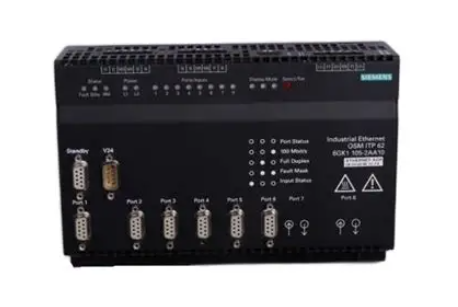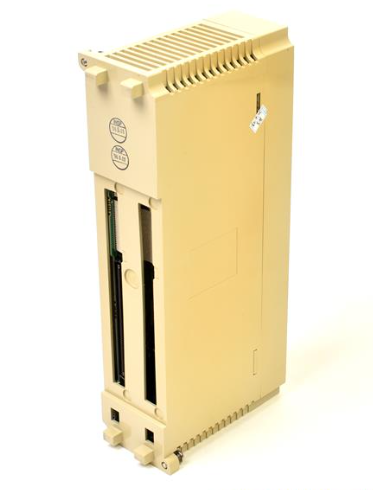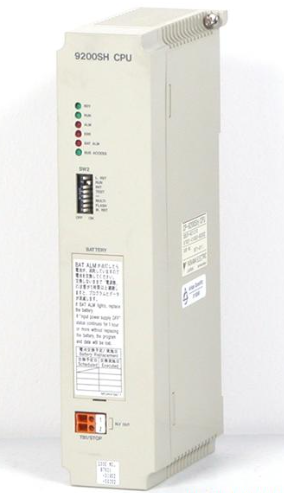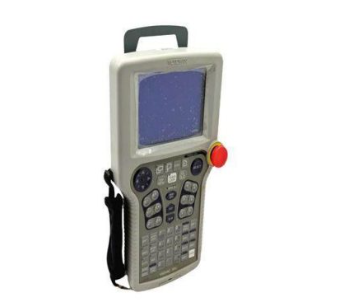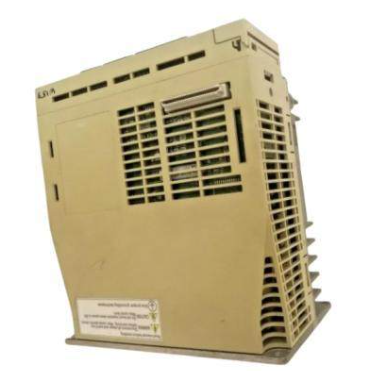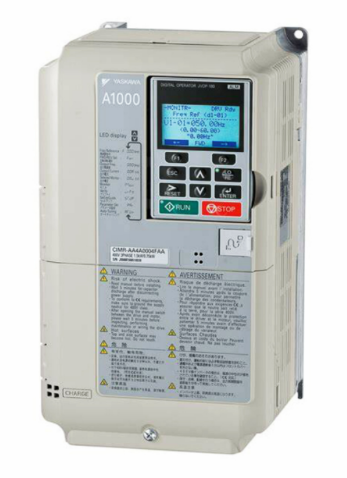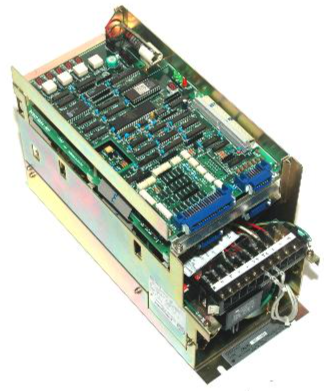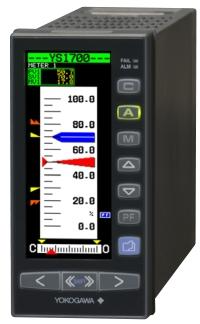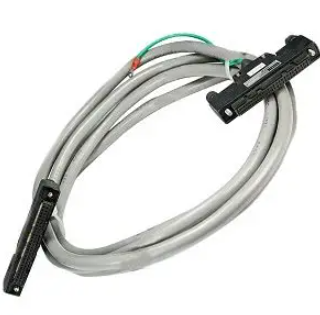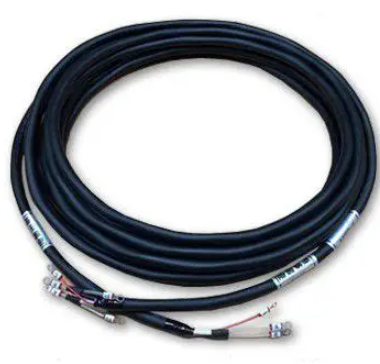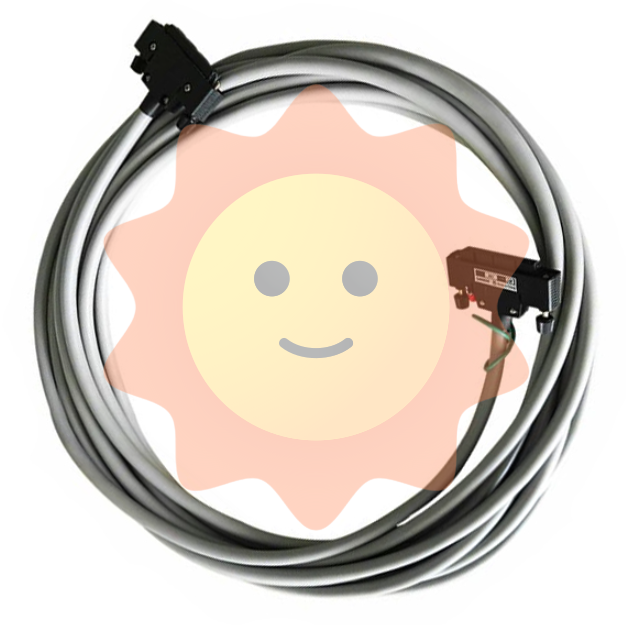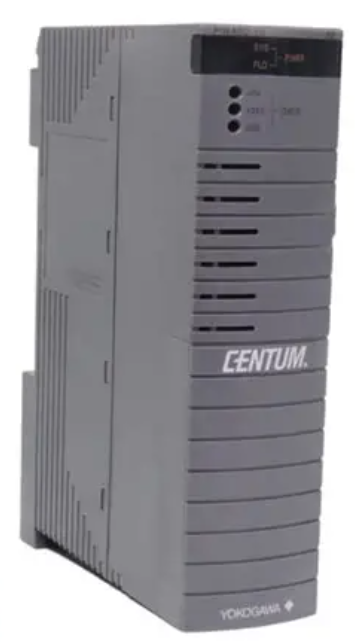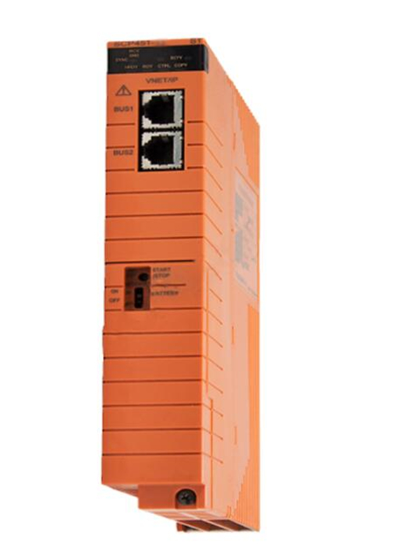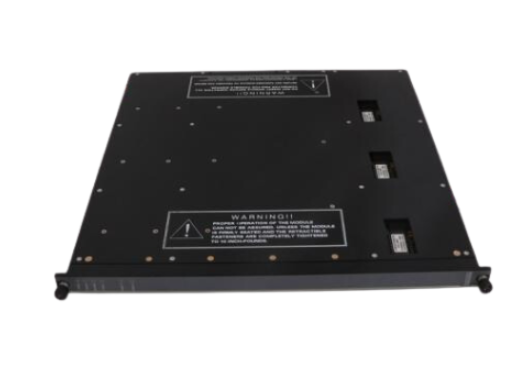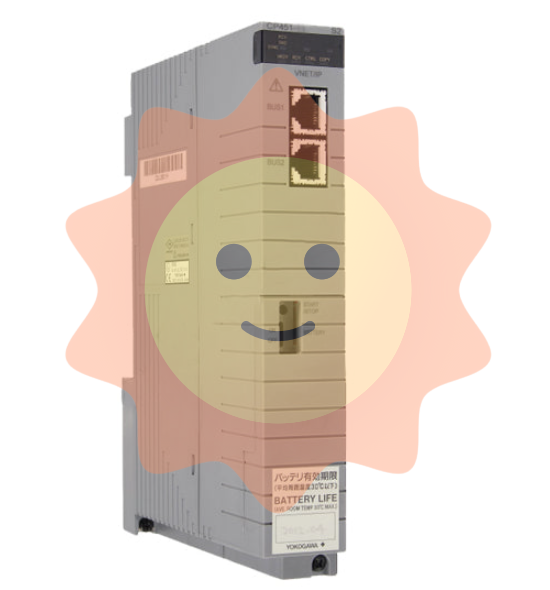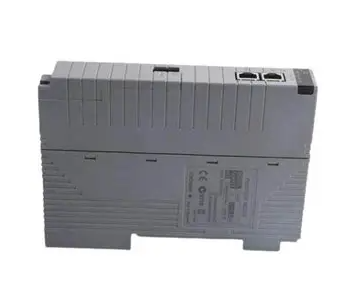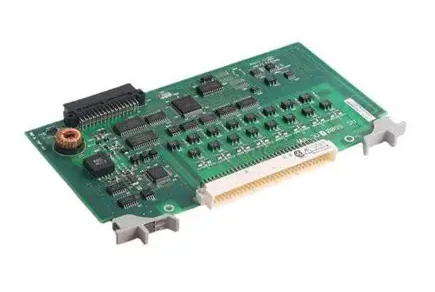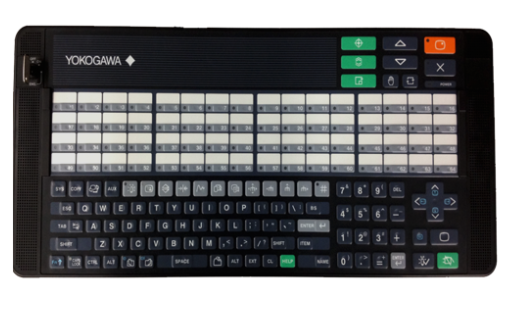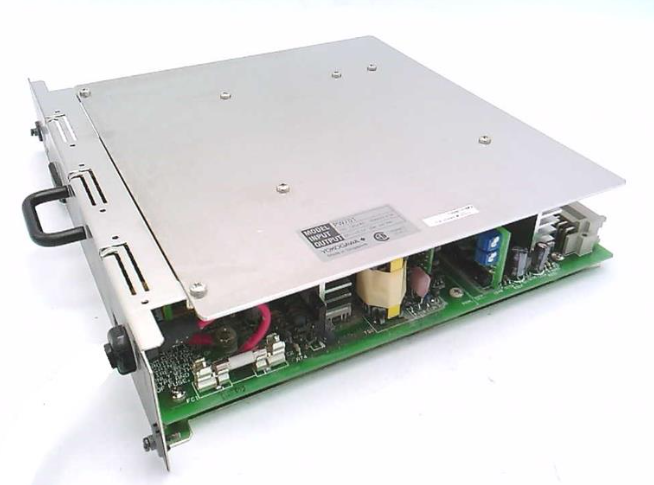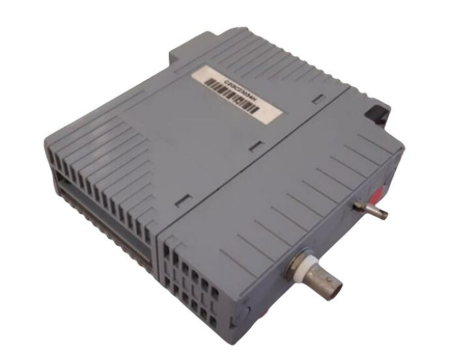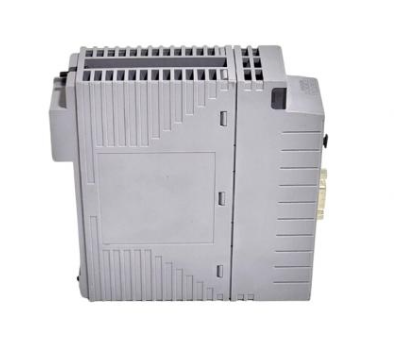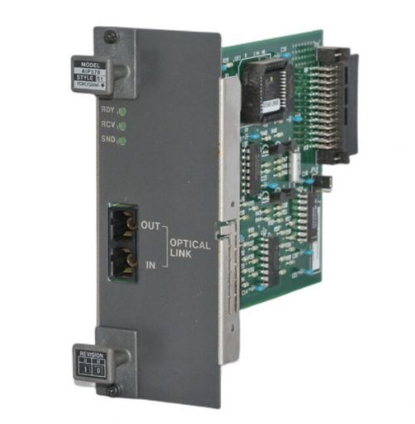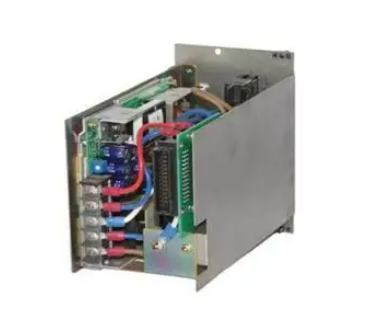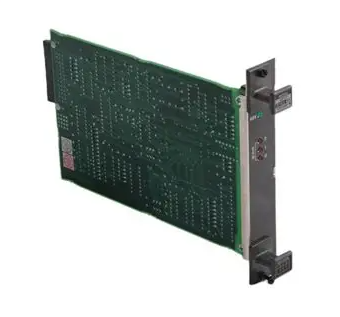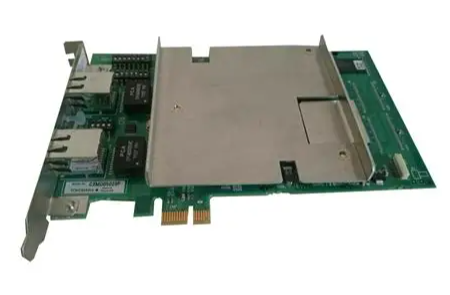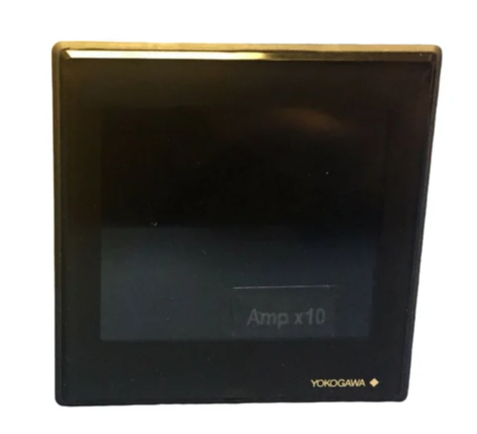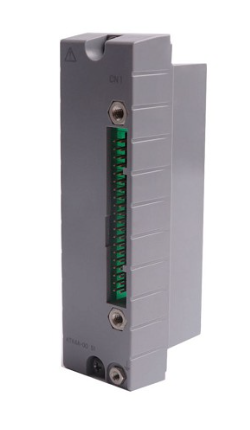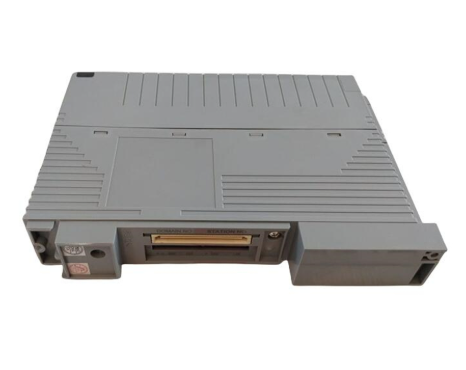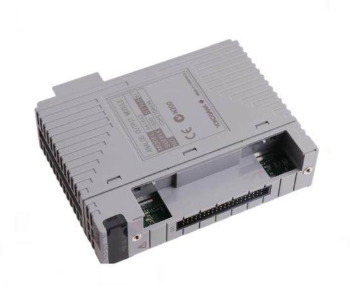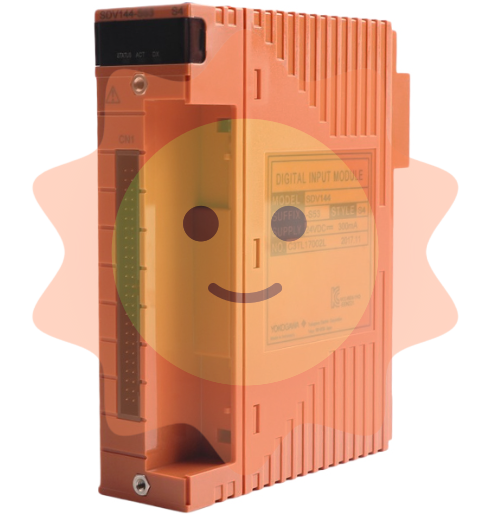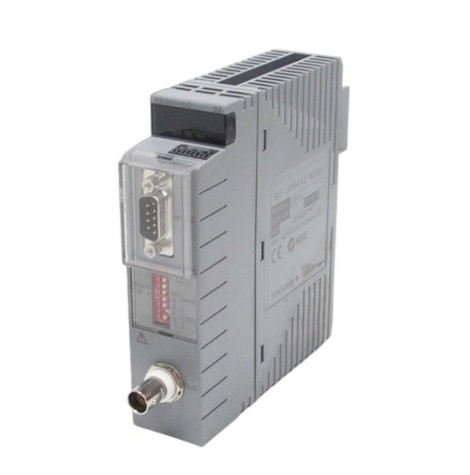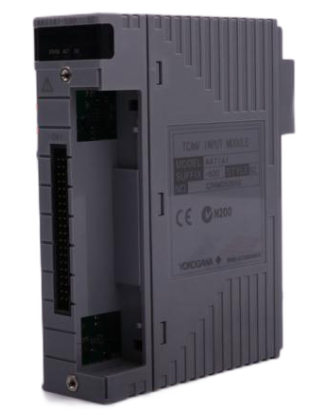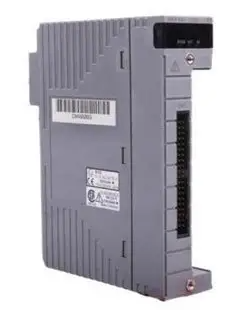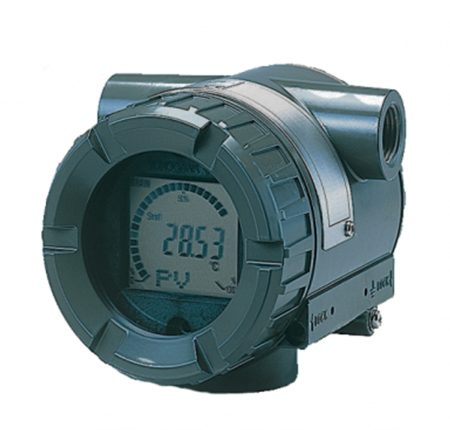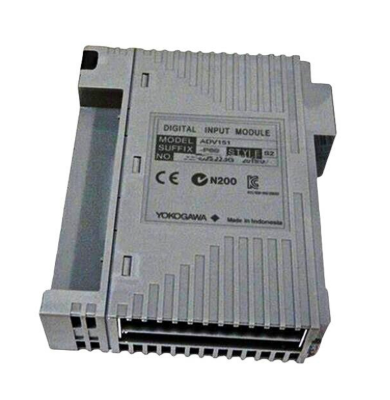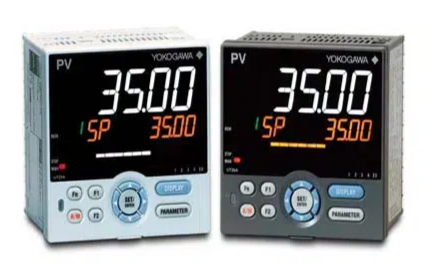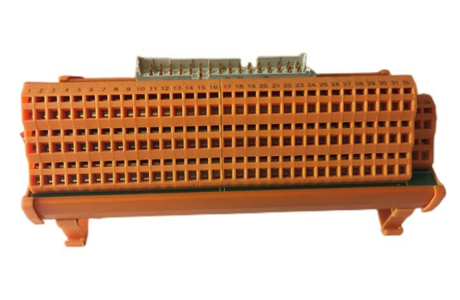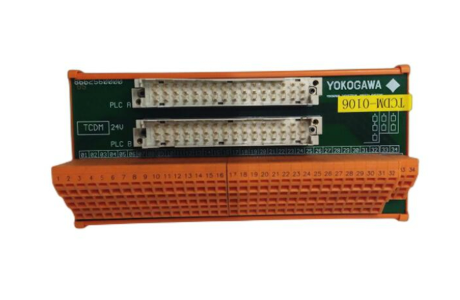Yokogawa DLM5000HD series high-definition oscilloscope
Cursor measurement and area calculation (X-Y menu): Set the vertical/horizontal cursor position in cursor mode to measure parameters such as Δ X and Δ Y; Select the area determination method (Close/Loop/Rapidoid sum/Triangle sum) and polarity (CW/CCW, clockwise/counterclockwise is the positive direction) in Integ mode, and calculate the XY waveform area.
(6) Calculation and reference waveform
Calculation mode setting (MATH/REF menu): Select the calculation or reference waveform (8-channel model Math/Ref1 Math/Ref8, 4-channel model Math/Ref1 Math/Ref4), set the mode to OFF (not displayed), Math (displays calculation waveform), Ref (displays reference waveform); It should be noted that the calculation waveform is not displayed during single-mode acquisition, and the recording length is set to the maximum value, Math/Ref2、 4. 6 and 8 cannot be used.
Calculation function (Math mode): Supports addition, subtraction, multiplication (selecting source waveform), filtering function (delay/moving average/IIR low-pass/high pass, setting delay time, weighting points, filtering order and cutoff frequency, etc.), integration (selecting source waveform, initial point), counting operation (edge counting/rotation counting, setting polarity, trigger level, threshold, etc.), user-defined calculation (optional parameters and operators, setting labels, units, scaling, etc.). The selection of source waveforms for different calculation functions is limited by specific ranges, such as CH1-CH4 for 8-channel model Math1.
Reference waveform loading (Ref mode): Load reference waveforms (source waveforms for 8-channel model Ref1 are CH1-CH4/Math2-Math4, etc.), set labels, display reference waveform information, and vertical position. The selection range of reference waveform source waveforms varies depending on the model and channel number.
(7) FFT analysis
FFT waveform display (FFT menu): Control the FFT waveform display switch, analyze the source waveform (8-channel models CH1-CH8/Math1-Math8, 4-channel models CH1-CH4/Math1-Math4), FFT conditions (spectrum type/subtype, window, mode, unit, etc., some types require user-defined calculation options), analysis range (Main/Zoom1/Zoom2), vertical/horizontal scale values (Auto/Manual, manually set center/sensitivity or left and right boundaries/center and span), FFT point count, display up to 4 FFT waveforms (4-channel models up to 2), switch settings menu by pressing the FFT soft key.
FFT waveform measurement (FFT menu): Select the measurement mode (Marker/Peak/Parameter) from the Measure Setup menu, and set the measurement item and cursor position in Marker mode; Peak mode setting list number, peak detection threshold, peak valley difference, measurement range, displaying peak frequency and amplitude; Parameter mode (only available for specific spectrum types) enables/disables overall value measurement, and the number of FFT points and display points may be adjusted due to the length of the display record. When the number of points is insufficient, data will be extracted, and when the number of points is too large, the adaptation will be reduced.
(8) Measurement function
Cursor measurement (CURSOR menu): Supports Δ T (measuring time, selecting source waveform, measurement item, cursor jump, cursor position), Δ V (measuring vertical value, selecting source waveform, measurement item, cursor position), Δ T&Δ V (simultaneously measuring time and vertical value), Marker (marking cursor, selecting display format, source waveform and measurement item, cursor jump, position), Degree (angle cursor, selecting source waveform, measurement item, reference setting, cursor jump, position). The selection range of different cursor types of source waveforms varies depending on the model and function, such as Δ V cursor only supporting CH/Math channels.
Automatic parameter measurement (MEASURE menu): After enabling, select the measurement source waveform and measurement items (such as Max/Min/P-P/Freq, etc.), measurement position indication, reference level, measurement source window (Main/Zoom1/Zoom2), measurement range (starting/ending point), statistical processing (Continuous/Cycle/History mode, processing statistical data of automatic measurement values, such as trend chart, histogram, list display), enhanced parameter measurement (measuring and calculating parameters in two regions, setting expressions, labels, units, etc.), measurement item display position can be selected through the Indicator soft key and indicated by the cursor, reference level can be set near/far/middle value, etc., and some functions in scrolling mode (such as statistical processing, serial display, etc.) During bus analysis, automatic measurement values may not be displayed and will resume after stopping data collection.
(9) Waveform scaling
Waveform scaling (ZOOM1/ZOOM2 menu): Control the scaling switch, scaling source waveform, display format, scaling position, main window display mode, scaling factor, automatic scrolling, up to 2 scaling positions. When the ZOOM1/ZOOM2 keys are on, the ZOOM knob controls the corresponding window waveform. Press the rotary knob to enter FINE mode for high-precision adjustment; Automatic scrolling allows setting the scrolling direction and speed, and the zoom position can be adjusted through the jog shuttle or on-screen numeric keypad. When two zoom windows are opened simultaneously, the zoom position can be linked and controlled.
- EMERSON
- Honeywell
- CTI
- Rolls-Royce
- General Electric
- Woodward
- Yaskawa
- xYCOM
- Motorola
- Siemens
- Rockwell
- ABB
- B&R
- HIMA
- Construction site
- electricity
- Automobile market
- PLC
- DCS
- Motor drivers
- VSD
- Implications
- cement
- CO2
- CEM
- methane
- Artificial intelligence
- Titanic
- Solar energy
- Hydrogen fuel cell
- Hydrogen and fuel cells
- Hydrogen and oxygen fuel cells
- tyre
- Chemical fiber
- dynamo
- corpuscle
- Pulp and paper
- printing
- fossil
- FANUC
- Food and beverage
- Life science
- Sewage treatment
- Personal care
- electricity
- boats
- infrastructure
- Automobile industry
- metallurgy
- Nuclear power generation
- Geothermal power generation
- Water and wastewater
- Infrastructure construction
- Mine hazard
- steel
- papermaking
- Natural gas industry
- Infrastructure construction
- Power and energy
- Rubber and plastic
- Renewable energy
- pharmacy
- mining
- Plastic industry
- Schneider
- Kongsberg
- NI
- Wind energy
- International petroleum
- International new energy network
- gas
- WATLOW
- ProSoft
- SEW
- wind
- ADVANCED
- Reliance
- YOKOGAWA
- TRICONEX
- FOXBORO
- METSO
- MAN
- Advantest
- ADVANCED
- ALSTOM
- Control Wave
- AB
- AMAT
- STUDER
- KONGSBERG
- MOTOROLA
- DANAHER MOTION
- Bently
- Galil
- EATON
- MOLEX
- Triconex
- DEIF
- B&W
- ZYGO
- Aerotech
- DANFOSS
- KOLLMORGEN
- Beijer
- Endress+Hauser
- MOOG
- KB
- Moxa
- Rexroth
- YAMAHA
- Johnson
- Westinghouse
- WAGO
- TOSHIBA
- TEKTRONIX
- BENDER
- BMCM
- SMC


Email:wang@kongjiangauto.com



